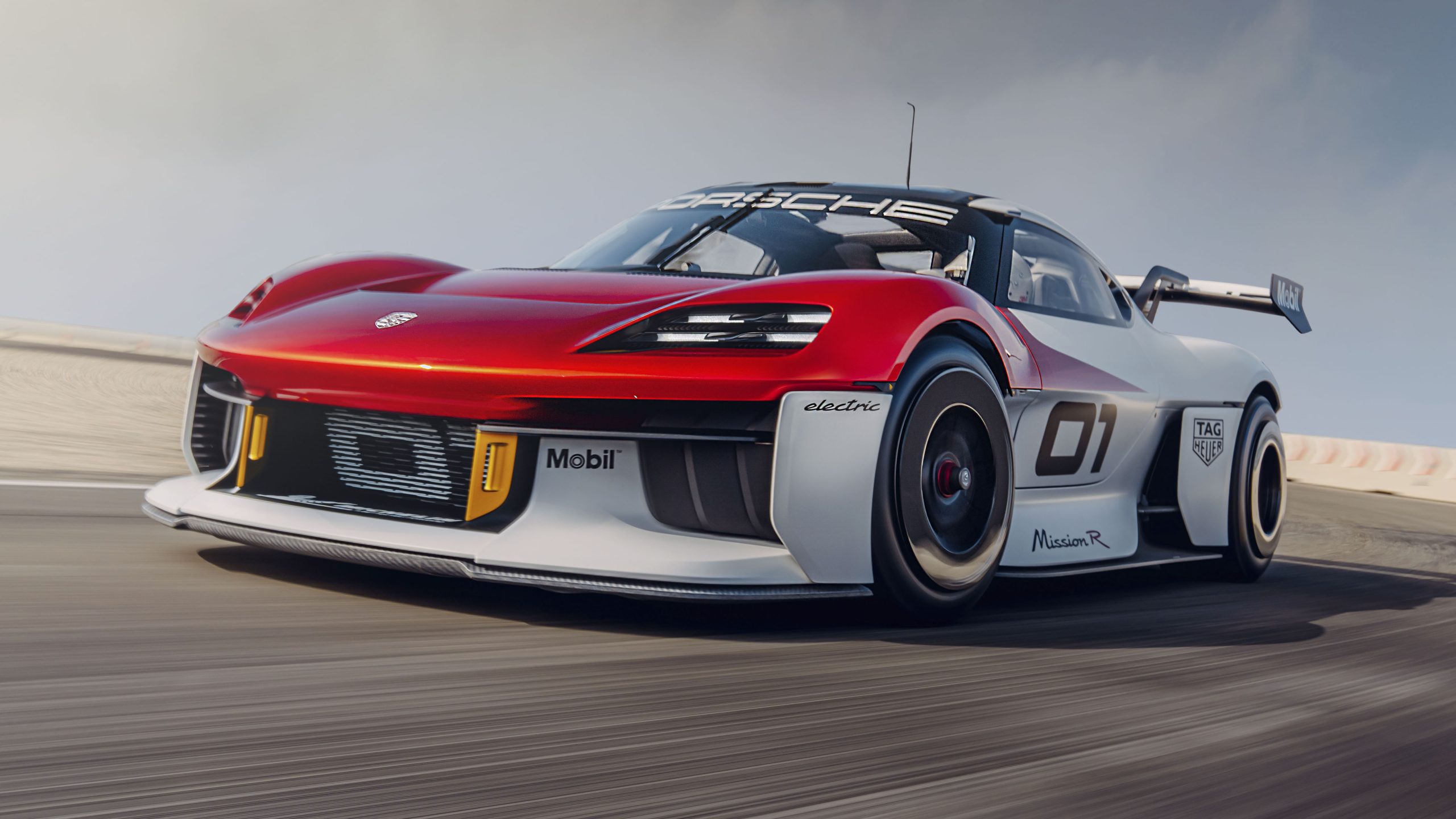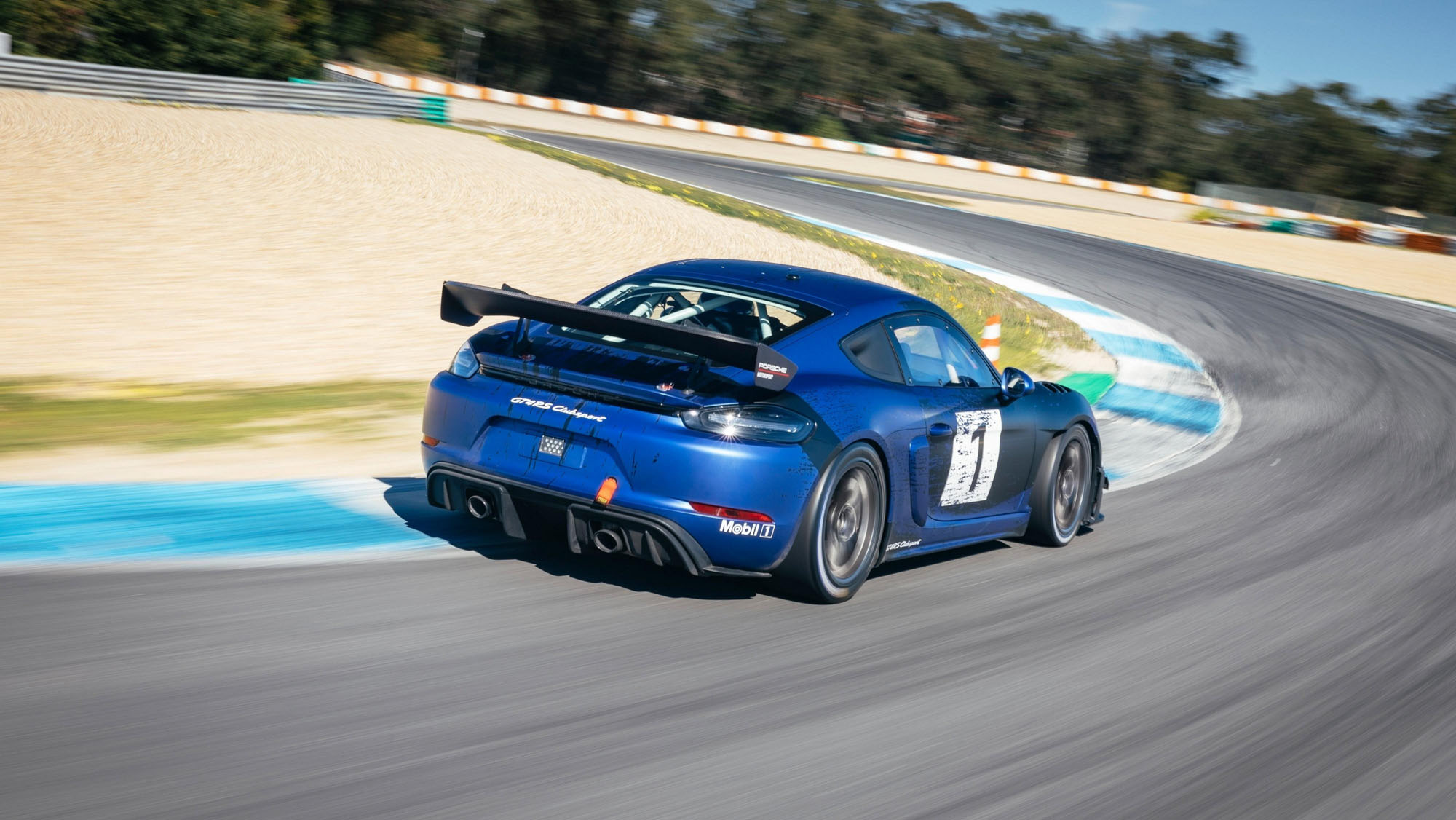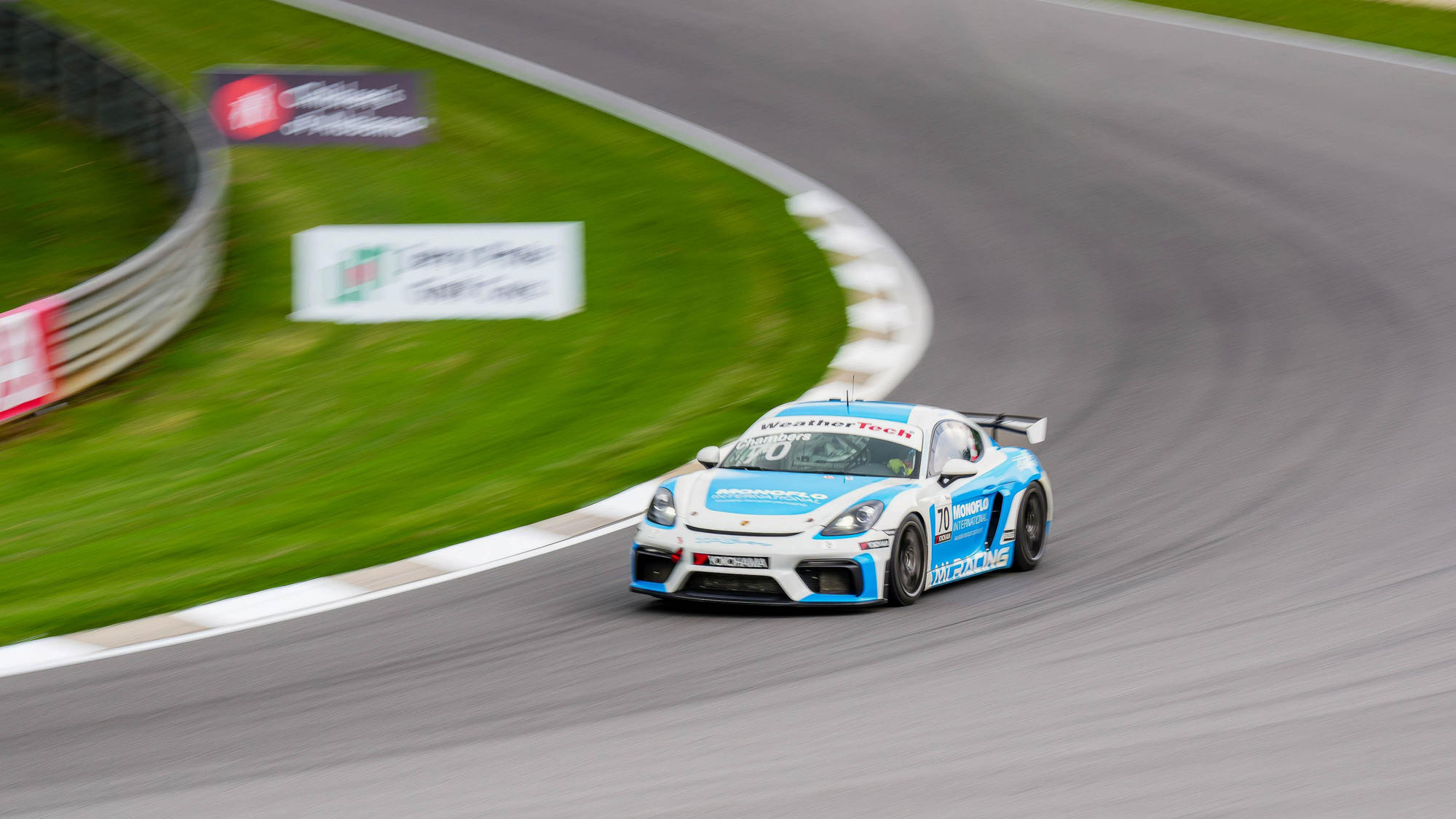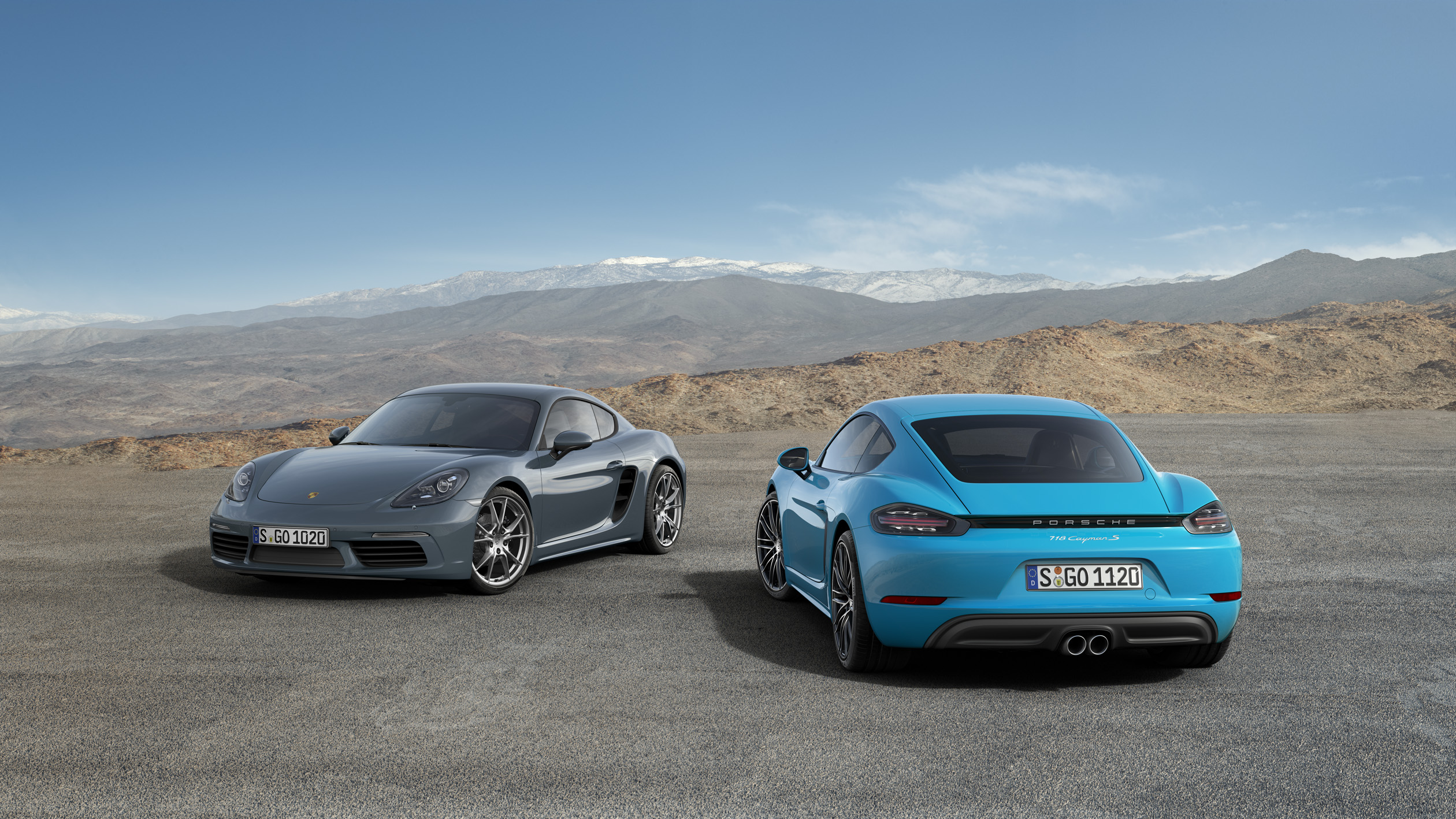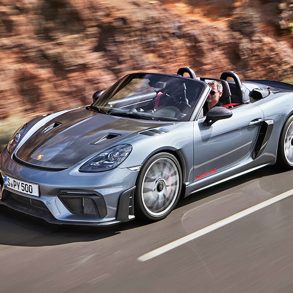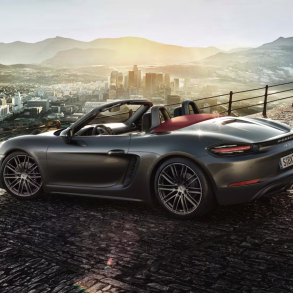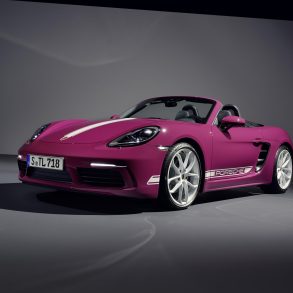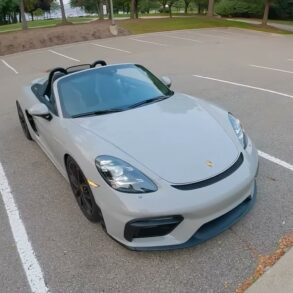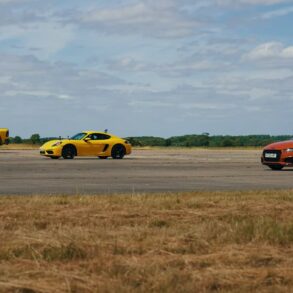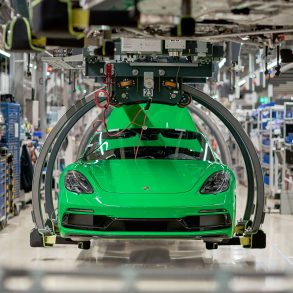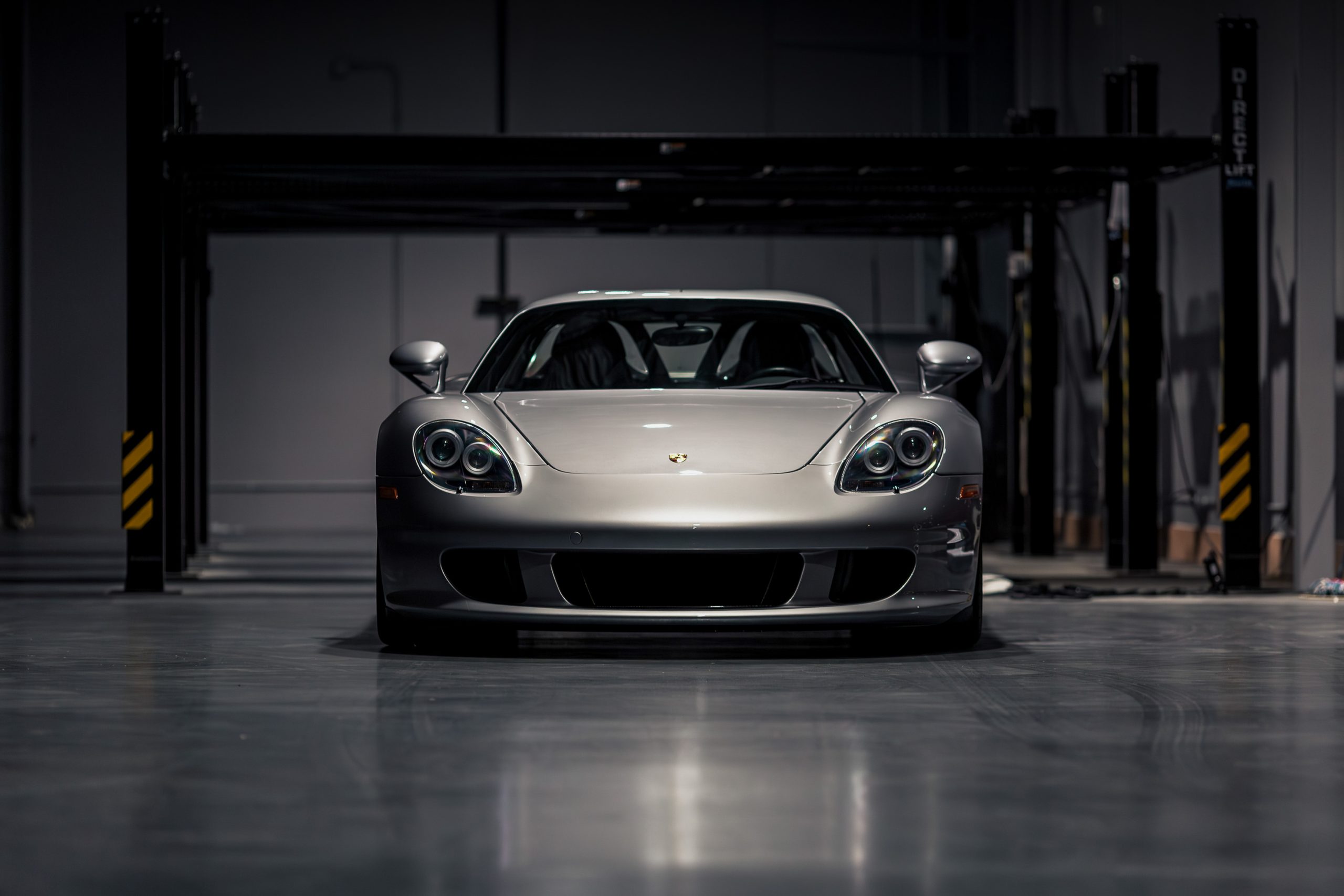There’s no shortage of electric cars that go fast in a straight line. But when Porsche says it’s building an electric Boxster and Cayman that feel like real sports cars, ears perk up and so do expectations. With its legacy on the line, Porsche isn’t chasing gimmicks or numbers. Instead, the 718 EVs will borrow heavily from the brand’s racing efforts, particularly its championship-winning Formula E team, to ensure they drive, handle, and brake like proper Porsches.
Set to debut as the next generation of the brand’s entry-level two-seaters by 2027, the electric 718s will debut a fresh platform, reimagine battery placement, and rethink regenerative braking to make sure they’re as sharp as their gas-powered predecessors. Here’s how Porsche plans to pull it off.
Handling Comes First, Just Like It Should
Anyone can build an EV that launches hard off the line. But Porsche knows that’s not enough. As R&D chief Michael Steiner put it in an interview with Autocar, “Fast straight-line acceleration could be done by more or less anybody. But the brake pedal—the feel on the brakes and good handling in corners—that’s something we’ve learned in Formula E.”
So the 718 EV isn’t just about speed; it’s about feel. To get there, Porsche developed a bespoke electric platform that places the battery not under the floor, but behind the driver, right where the combustion engine sits in today’s 718. This “e-core” layout replicates the same mid-engine balance that gives the gas-powered Boxster and Cayman their signature agility. It also lets drivers sit lower in the car, putting them closer to the road for better feedback and that tucked-in, go-kart sensation.
“It’s putting the center of gravity as close to the driver as possible so the car around them is flexible and agile,” Steiner explained. “Then you can really handle and control the car nicely, and it’s really well balanced.”
Packaging the battery this way also allows Porsche to keep it smaller, helping to reduce weight and improve efficiency. That’s critical in a segment where dynamics and lightness matter just as much as raw power. Early prototypes reportedly drive a lot like the current cars, which is exactly what enthusiasts are hoping for.
Braking Tech Taken from Formula E

One of the biggest challenges with electric sports cars is braking. Not just stopping distance, but how the brakes feel—how predictable and confidence-inspiring they are in corners. That’s where Porsche’s Formula E experience and success in motorsports come in.
Instead of following the crowd with a one-pedal driving system, the 718 EVs will combine regenerative and traditional braking in a way that feels natural and race-bred. “Our strategy is not one-pedal drive,” Steiner said. And for good reason. “If you ask any race driver, none would choose a one-pedal system because you should have control of recuperation and braking on the same pedal as seamlessly as possible.”

By letting the driver control all braking with the brake pedal, Porsche allows more precise modulation. You’re not fighting the car’s software to get the response you want. You’re in control—just like in a traditional sports car. That gives drivers more trust when pushing the car through corners, especially under hard braking, where consistency and feedback are everything.
Steiner also pointed out that one-pedal systems often regenerate too early, which can upset the car’s balance and rob the driver of feel. With Porsche’s system, “you can control the car with the brakes as well as the throttle,” he said. “In our view, this is superior to a system that does something you can’t control.” The result? A braking experience designed not just for efficiency, but for engagement—something most EVs haven’t figured out yet.
A New Chapter, But the Story Continues

It’s clear that the electric 718s aren’t just about checking the EV box; they’re Porsche’s attempt to evolve their smallest sports cars without losing what makes them special. That’s no easy task, especially for models that have built a loyal fanbase on the back of balanced handling, mechanical feedback, and classic sports car proportions.
But Porsche isn’t burning bridges just yet. While the electric Boxster and Cayman are positioned to eventually replace their gas-powered siblings, both powertrains may coexist for a while. With the launch reportedly delayed beyond 2025, the current 718s will stick around a bit longer—and that’s not a bad thing for purists who still crave the sound of a flat-six engine.
At the same time, Porsche is clearly committed to making the EV versions live up to the badge. Steiner has already driven prototypes and said the cars are “really great,” especially in how they handle and deliver a new kind of open-top experience. “Driving with the roof down in a quiet way—it’s not silent, but there’s no engine noise—through the landscape, hearing and smelling everything, is a new experience,” he said.
In short, Porsche isn’t just copying the past. It’s evolving it. The electric 718 may look familiar, but under the skin, it’s packed with lessons from the racetrack and engineered to keep the spirit of the sports car alive, just with a plug.


